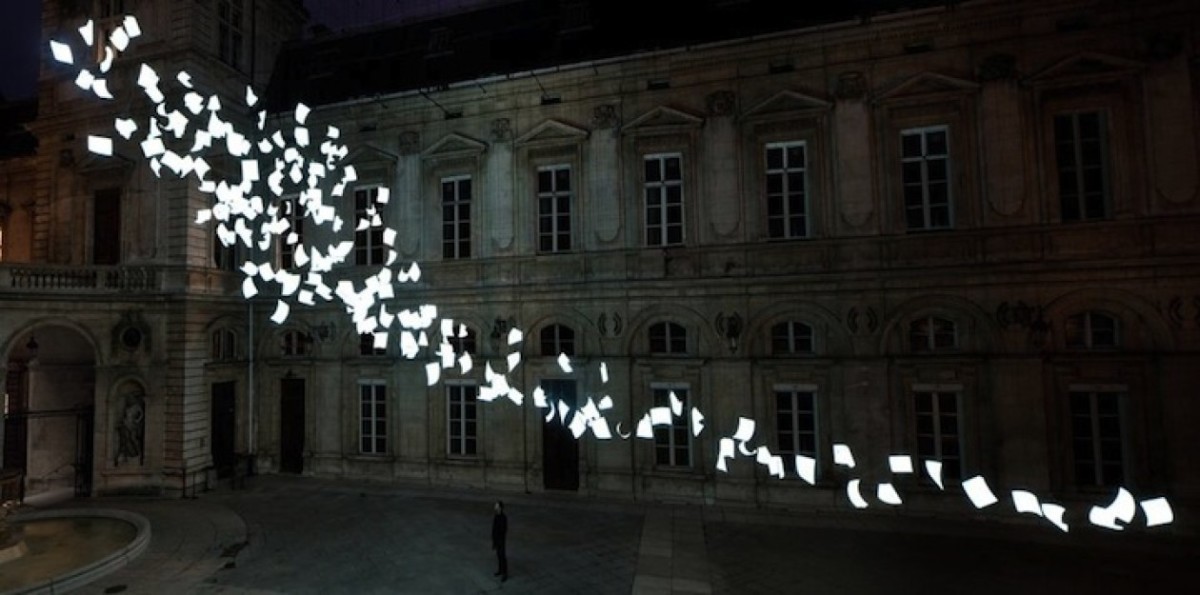
Over the past week, I’ve been sharing some ideas for how to end the year meaningfully with your students. The goal has been to design interesting ways for students to resee and remember the learning that happened. The first post suggested having students remix their work to see it again in an interesting way. The second post focused on creating a self-assessment that pushes students back into the work from the year. The third post offered up several different kinds of end of year letters that teachers and students could write to look back on the work as well as look forward to next year. In this post, I explore the idea of transforming the classroom into a gallery of student work as a way to culminate the year.
Idea #4 – Create a Gallery of Your Students’ Work
When I say gallery, I’m thinking of an art gallery, a place where fine art is hung, and in this case, the fine art will be student work from the year. Imagine redesigning your classroom to resemble an art space, clearing all of the walls, making tables available for display. Ask your students, “If you had one piece of work that you did this year that you would like to share with others, what would it be?” This question will prime the pump for the piece of work that the students will eventually hang in the gallery. This gallery should be a collaborative effort. Everyone should get involved in how the gallery will look. What pieces would look good next to one another? Who needs a table or a particular place in the room? One of the things that makes this particular kind of culmination meaningful is having students take ownership of it. They should clear the walls, reorder the space, figure out a way to know what works are going where, etc. This will take a bit of time, but it will be well worth it. Plus, the whole time they are planning for the gallery, they are reminding themselves of the work that they have done over the year.
Once the students have selected what pieces they are going to display, to deepen the learning of the gallery, have your students write the equivalent of an artist statement that will accompany the work. To begin, share a model of an artist statement, maybe something like this:
There are others online that are more appropriate for elementary and middle school students. To prepare the students to be able to write their own, talk about the moves the artist makes in the statement and how the students could use those moves in their own statements about the work they are displaying. Basically, a good artist’s statement does the following:
- Shares a bit about where the piece came from. What inspired it?
- Talks about how the piece was made. How did the person create it?
- Discusses what the piece means to the creator and how it has affected his/her practice.
Depending on the time you have, you could have your students work on a draft of this statement and workshop it in class to really polish it up. Again, the dedication of time to this is well worth it because students will be reseeing and discussing the work that they did over the year, reinforcing the learning that happened. The day of the gallery, have your students hang their pieces of work with the statements right next to them, and a blank sheet of paper next to that for viewers to respond to the different pieces.
When the gallery is hung, prepare your students by first talking a bit about what it is like to walk through an art gallery. How do people act? I tend to highlight the fact that it is not entirely quiet in a gallery. People talk with one another in hushed tones as a way of deepening the appreciation of the work. Encourage your students to have those kinds of conversations. I would also stress that the goal is not to make it around to all of the work. That would be impossible. It is much better for students to spend the time really looking at a few pieces than trying to look at all of them superficially. When it comes to the comment page, coach your students to leave a comment about something that surprises or interests them about the piece. Point out something specific in the piece that stands out to them. Most importantly, do not repeat something that has already been written, and do not leave a comment like “this is really good.” Depending on where your students are with this kind of commenting work, you may want to develop a few examples of strong comments with them and put them up on the board for reference.
Then, let them go to town! Walk around with them. Get involved in real work conversations. Enjoy reliving all of the great work that happened throughout the year. Oh, and by all means invite others! Invite last year’s teachers, next year’s teacher, administrators, parents, friends. The more the merrier! The added benefit of the gallery is welcoming others into the fantastic work that you are doing with your students.
The hope is that you have time after the gallery walk to be able to get back together as a group and debrief a bit. Ideally, you would get into a circle with your students and seed the conversation with a few questions: What does this gallery/work make you think about? What stuck out to you? What do you want to make sure I, as the teacher, don’t leave out next year? If you were to give some advice to my students next year, what would you say? You get the idea.
Take pictures of this event. It will be worth it. And send a few to me if you get the chance. I would love to see them.

